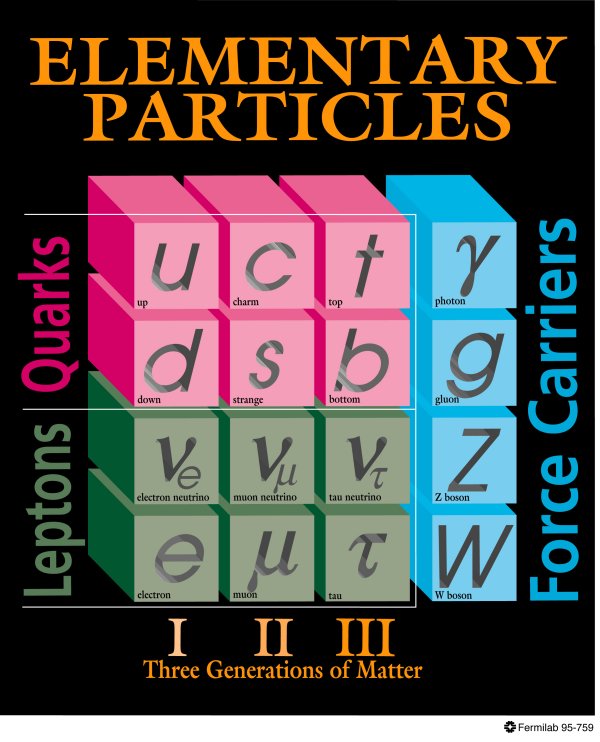our blog has an exclusive picture of the stop found in CERN
STOP found at CERN:
(image taken from http://cp3-origins.dk/a/4276)
Background
In a glimpse: s-top is the supersymmetric partner of top quark. (funny, isn't it?)
In more details:
The Standard Model of Particle Physics.
The standard model of particle physics refers to the theory that describes the elementary particles of our world and the interactions among them. This model has been successfully confirmed in a series of experiments over the last 50 years. It can be summarised in the following picture
Fermions
The first three columns correspond to the elementary particles that constitute the (ordinary) matter around us. They are named fermions. You might notice the electron at the bottom left corner which, together with the nucleus, make the atom. You might know that the nucleus is not elementary but consists of protons and nucleons. The latter are not again the most elementary particles, that's why you do not see them in the above table. Protons and nucleons are made of three quarks each.
You might also observe that the particles in the first three columns are separated into two classes, quarks and leptons. However, they all come in three generations, each generation having two particles. Between generations, particles differ by their quantum number, mass, but they "feel" same interactions. You might ask why there are only three generations. This is an open question in theoretical physics, and physicists seek for an dynamical selection rule which picks only three generations. Nevertheless the possibility of a fourth generation has almost been ruled out by experiments.
Notice the top quark at the first row, third column in above table.
Bosons
The last column in the table above consists of the force carriers. Those particle carry the three interactions of nature. The photon, denoted by $\gamma$, is the carrier of the electromagnetic interaction, W and Z are the carriers of the weak interaction and the gluon, $g$, is the carrier of the strong nuclear interaction (plus gravity makes us four). Those particles are called bosons. For example, two electrons interact by exchanging a photon, which carries the interaction. In other words, the electrons interact without "touching" each other, but rather exchanging "messengers" (the force carriers) which have the information of the interaction, see the picture below.
Supersymmetry (a.k.a SUSY)
Although the great experimental success of the standard model, it is understood only as an effective theory. which means a theorythat is valid up to some energy scale and breaks down beyond it. Theoretical physicists have come up with several extensions of the standard model, the most popular of which is supersymmetry. This theory provides satisfactory explanations for a numbers of problems of the Standard model, such as the fine-tuning and the gauge-coupling unification.
Although supersymmetry is considered an elegant and rich theory, there is no experimental evidence for its existence at the moment. Moreover, the current search in LHC seems to rule out the simplest supersymmetric extension of the standard model, named the MSSM.

.jpg)




No comments:
Post a Comment